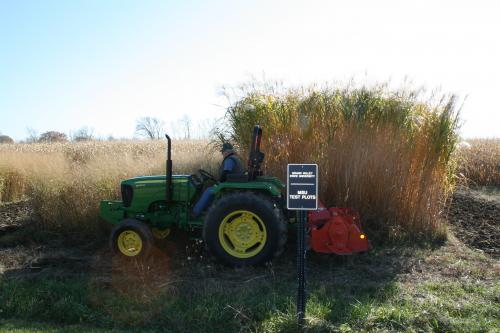Feedstocks
Biomass
Biomass is living or recently dead biological materials, that comes from plants and animal matter. Biomass can be used to produce plastics, polymers, carpets, fabrics, detergents, fabrics, lubricants and transportation fuels. Some examples include miscanthus, switchgrass, corn, poplar, sugarcane and palm oil.
Cellulosic Ethanol
Ethanol can be produced from these many different sources of biomass. Plant cell walls are made up of cellulose, hemicellulose and lignin. Through pretreatment, these tightly interwoven plant cell wall components can be broken apart. Once broken apart, enzymes can break cellulose and hemicellulose down into various sugars. These sugars can then be distilled into ethanol, an alternative transportation fuel.
Billion Ton Study
The United States Department of Agriculture and the United States Department of Energy commissioned a study in 2005 to determine the quantity of biomass that could be sustainably removed and converted and converted into ethanol. In order to reach the goal of producing 36 billion gallons of ethanol by the year 2022, approximately 1 billion tons of biomass will need to be collected and converted into ethanol.
This study was updated in August 2011, higlighting opportunites for growth in bioenergy resources.
Another Billion-Ton Update was done in 2015, showing farms and forests have huge potential for Bioenergy future.



 Print
Print Email
Email